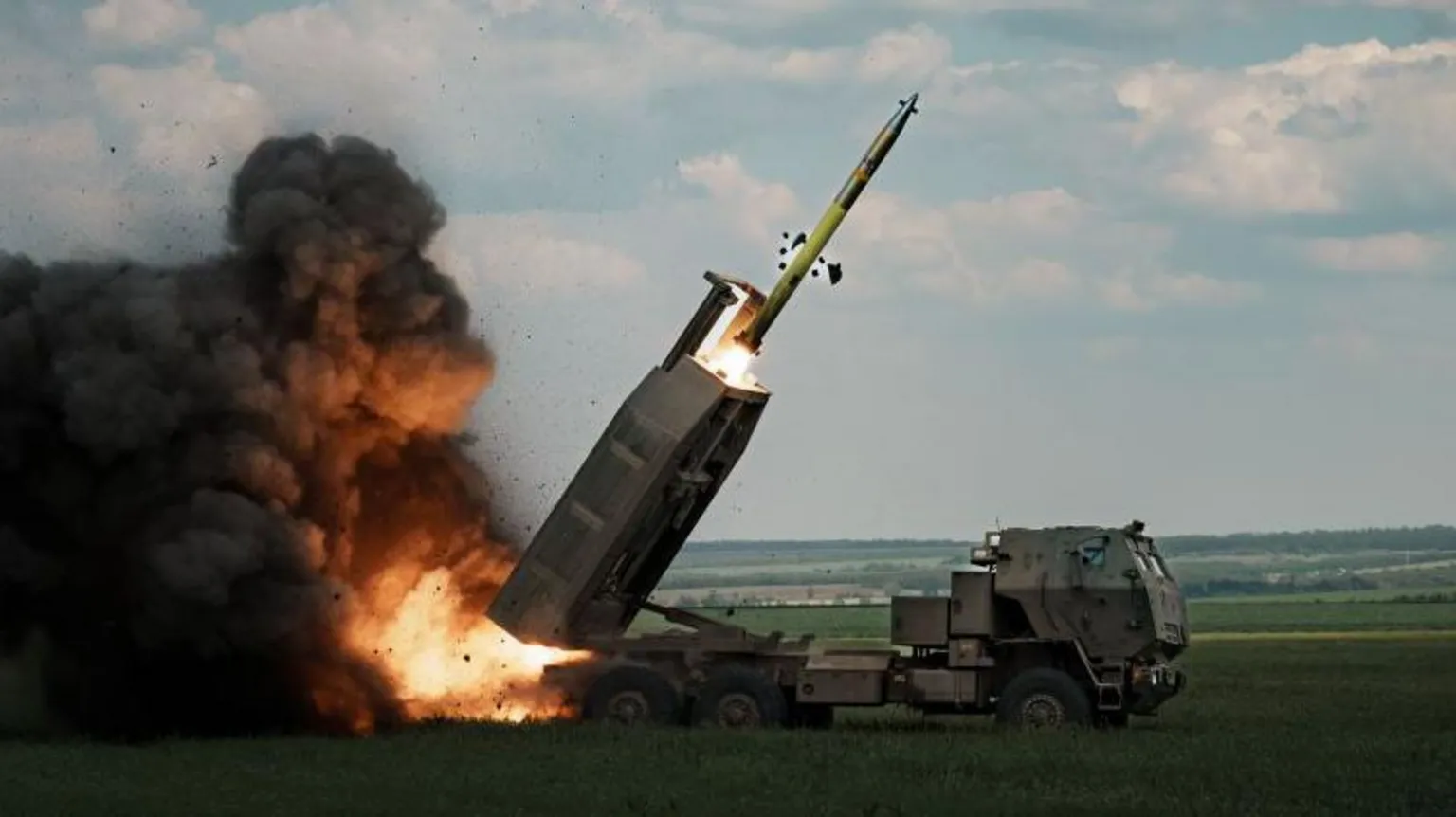Introduction: The Geopolitical Tension
The geopolitical tension between the United States and Russia has been a long-standing issue, deeply rooted in the historical context of the Cold War. Although the dissolution of the Soviet Union in 1991 marked a significant shift in global power dynamics, it did not eliminate the underlying rivalry between the two nations. In recent years, this rivalry has resurfaced with renewed vigor, driven by a series of events that have exacerbated tensions and strained diplomatic relations.
One of the primary catalysts for this renewed tension is Russia’s annexation of Crimea in 2014 and its subsequent actions in Ukraine. The international community, led by the United States, condemned these actions, viewing them as a flagrant violation of international law and a direct threat to the sovereignty of a neighboring country. The conflict in Eastern Ukraine, fueled by Russian support for separatist movements, has further complicated the situation, creating a protracted crisis that has yet to be resolved.
Additionally, the United States has accused Russia of conducting cyber-attacks aimed at undermining American institutions and influencing democratic processes. High-profile incidents, such as the cyber-attacks on the Democratic National Committee during the 2016 U.S. presidential election and the SolarWinds breach in 2020, have heightened concerns about Russia’s cyber capabilities and intentions. These cyber activities are perceived as part of a broader strategy by Russia to challenge U.S. global influence and destabilize its political system.
Other provocations, including Russia’s military build-up along NATO’s eastern flank and aggressive posturing in international waters and airspace, have further aggravated the situation. These actions are seen as direct challenges to U.S. interests and the security of its allies. Consequently, there is growing pressure on President Biden to respond decisively, including the potential authorization of U.S. weapons to strike Russia.
This complex backdrop of historical animosity, recent provocations, and ongoing geopolitical maneuvering sets the stage for understanding the current debate on U.S. policy towards Russia. With stakes this high, the decisions President Biden makes in the coming months will be pivotal in shaping the future of U.S.-Russia relations and global stability.
Sources of Pressure: Political and Military Perspectives
President Biden is currently facing significant pressure from multiple fronts to adopt a more aggressive stance towards Russia, specifically regarding the authorization of U.S. weapons to strike Russian targets. This growing pressure is not only coming from within the United States but also from international allies, creating a complex web of political and military considerations.
Among U.S. politicians, particularly hawkish members of Congress, there is a strong advocacy for more assertive action. These lawmakers argue that the current measures are insufficient to deter Russian aggression and that a stronger military response is necessary. They emphasize the strategic importance of demonstrating U.S. resolve and capability, suggesting that failing to act decisively could embolden Russia and other adversaries. This viewpoint is shared by several military strategists who believe that a proactive approach is essential to maintaining global stability and U.S. credibility.
Moreover, military officials have also weighed in on the matter, highlighting the tactical advantages of allowing U.S. weapons to target Russian positions. They argue that such measures could disrupt Russian military operations and provide a significant psychological boost to U.S. allies. The military perspective often focuses on the need for readiness and flexibility in responding to evolving threats, asserting that the current posture may be too passive in the face of escalating tensions.
International allies, particularly European nations, are also contributing to the pressure on President Biden. Countries like Poland and the Baltic states, which are in close proximity to Russia, have been vocal in their calls for stronger U.S. military support. These allies contend that a firmer stance would not only protect their borders but also reinforce the security architecture of the entire region. Their appeals are underscored by recent Russian activities that have heightened fears of broader regional destabilization.
Public opinion and media narratives further complicate the situation. Media outlets and commentators often frame the debate in terms of U.S. strength and leadership, influencing public perception and adding to the urgency felt by policymakers. The portrayal of Russian actions and the perceived need for a robust response can sway public sentiment, thereby increasing the pressure on the administration to act.
In essence, the confluence of political, military, and international pressures is creating a formidable challenge for President Biden as he navigates this complex geopolitical landscape. The calls for a more aggressive U.S. military posture towards Russia reflect a broader concern about global security and the efficacy of current strategies in deterring adversarial actions.
Potential Consequences: Risks and Ramifications
Allowing U.S. weapons to be used in strikes against Russia carries significant risks and multifaceted ramifications. One of the primary concerns is the potential escalation into a broader conflict. Historically, military engagements between major powers have a propensity to spiral, drawing in additional nations and leading to widespread instability. The Cuban Missile Crisis of 1962 serves as a pertinent example where the brinkmanship between the United States and the Soviet Union almost led to a full-scale nuclear war. Should U.S. weapons target Russian assets, the risk of a similar escalation cannot be overlooked.
Another critical risk is cyber retaliation. Russia has demonstrated considerable capabilities in cyber warfare, employing sophisticated techniques to disrupt and damage critical infrastructure. A U.S. strike could provoke significant cyber-attacks on American financial systems, energy grids, and communication networks, leading to severe disruptions in daily life and economic activities. Such cyber retaliation would not only affect the U.S. but could also impact global markets, given the interconnected nature of modern economies.
The potential impact on global stability is another significant consideration. A direct military confrontation between the U.S. and Russia could destabilize various regions, from Eastern Europe to the Middle East. Countries aligned with either power might find themselves caught in the crossfire, leading to regional conflicts and humanitarian crises. Additionally, the existing international alliances and treaties could be tested, potentially leading to a realignment of global power structures.
Economic implications are also substantial. Sanctions are a likely immediate response, which could further strain the already volatile relations between the West and Russia. Sanctions could lead to increased prices for energy and commodities, destabilizing international markets and affecting global trade. The imposition of economic measures could also impact global supply chains, exacerbating inflation and leading to economic downturns in various parts of the world.
Experts often cite the Cold War era as a period filled with similar tensions and risks. Lessons from that time underline the importance of diplomatic channels and measured responses to avoid catastrophic outcomes. The stakes involved in such decisions are immense, requiring a comprehensive understanding of both historical precedents and current geopolitical dynamics.
Biden’s Dilemma: Balancing Deterrence and Diplomacy
President Biden finds himself at a critical juncture where the demands for U.S. weapons to strike Russia are intensifying. The dilemma he faces involves a delicate balance between deterrence and diplomacy. On one hand, military action could send a strong signal to deter further aggression; on the other hand, it risks escalating the conflict into a broader confrontation with unpredictable consequences. The President’s strategic considerations must account for both immediate and long-term implications, aligning with his foreign policy principles and the broader goals of U.S. international strategy.
Biden’s administration has consistently emphasized the importance of diplomacy and coalition-building. By leveraging diplomatic measures, the President aims to foster dialogue and negotiate resolutions that avoid military conflict. This approach underscores the administration’s commitment to a foreign policy that prioritizes stability and international cooperation. Yet, the pressure to demonstrate a robust military response to Russia’s actions poses a significant challenge to this diplomatic ethos.
The options available to President Biden range from imposing stringent economic sanctions to more direct military interventions. Each option carries its own set of repercussions. Economic sanctions can significantly impact Russia but may also strain relationships with key allies who have economic ties to the region. Military actions, while potentially effective in the short term, could provoke retaliatory measures that destabilize global security. This complexity necessitates a carefully calibrated response that considers both the immediate needs and the long-term objectives of U.S. foreign policy.
Maintaining alliances is paramount in this context. The Biden administration has worked diligently to reinforce ties with NATO allies and other international partners. A unilateral military action could undermine these alliances and weaken the collective security framework that has been a cornerstone of U.S. strategy. Therefore, any decision regarding the use of U.S. weapons must be weighed against its potential to disrupt these critical relationships.
In the broader strategy, the situation with Russia is a test of U.S. commitment to defending democratic values and upholding international norms. President Biden’s decisions will not only shape the immediate geopolitical landscape but also signal the future trajectory of U.S. engagement on the global stage. Balancing deterrence with diplomacy remains a complex but essential task in navigating this multifaceted challenge.



